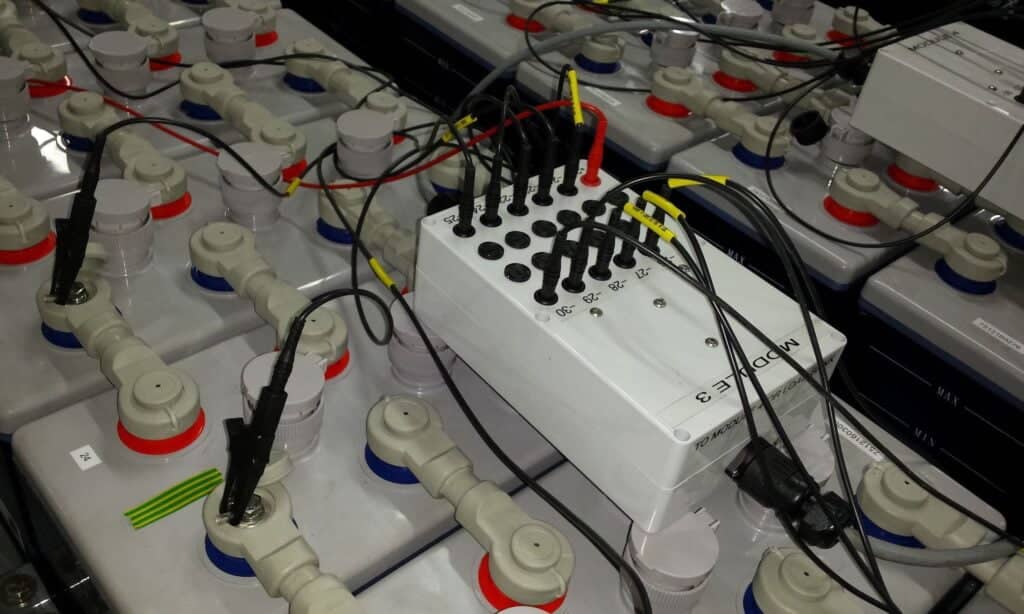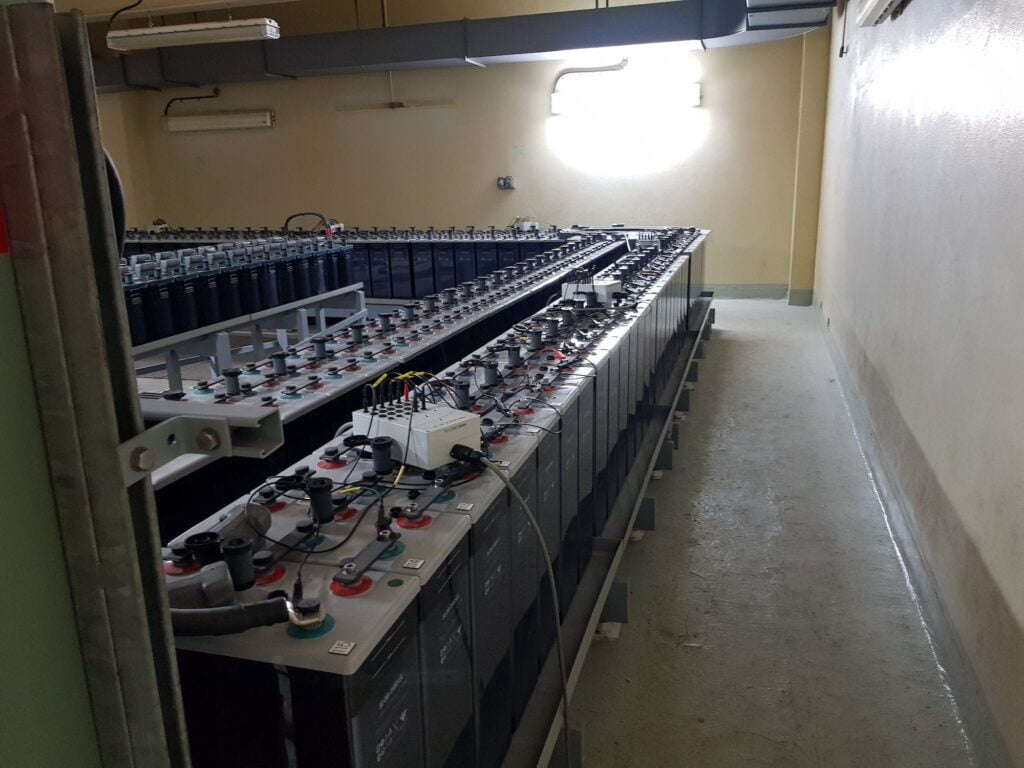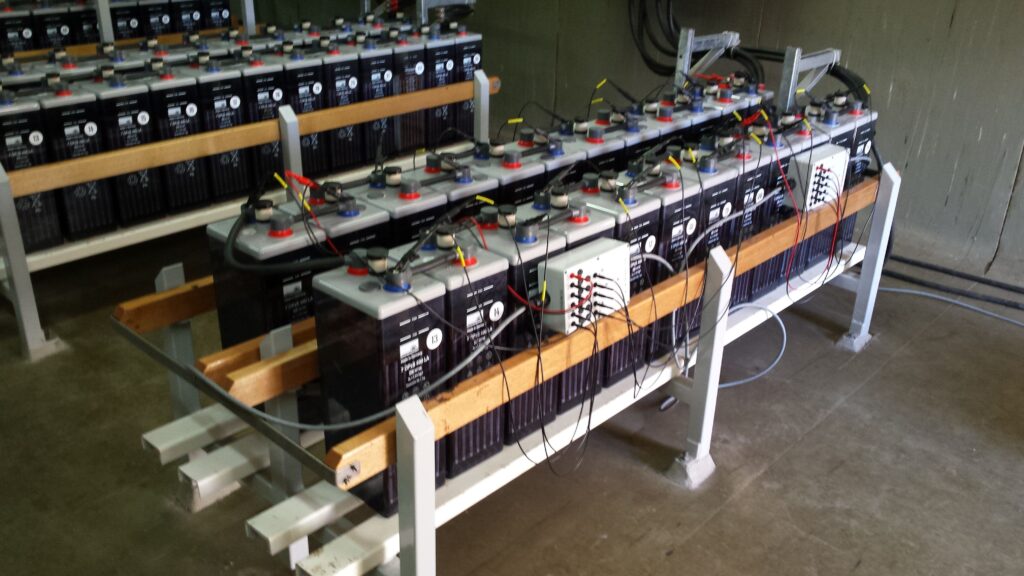The preparation consists of two stages – charging and insulation. You can use a charger and specialized materials for this. In winter, many drivers are faced with the fact that starting a car is not as easy as before. The battery discharges quickly in the cold and refuses to work. If you properly prepare the battery for the winter, such problems can be avoided.
Rechargeable batteries must be serviced – this is one of the stages of preparing the car for winter. When the engine is cold, the oil in it becomes denser – the charger for the car battery feels more load. And to recharge the battery from the engine will work only when the car is already on the move.
There are two main stages of battery preparation:

- Charging the battery with ZP (charger) and normalization of electrolyte density.
- Battery insulation with different materials.
Charge the battery before winter
Restoring the battery charge is an important step in its preparation for the cold period. Now, this process has become quite simple due to the advent of modern models of charges.
First of all, the battery must be removed from the car and thoroughly cleaned. Not only the battery case but also the terminals can be dirty. Be sure to clean them to improve the quality of the contact – use sandpaper.
Before you start charging you need to unscrew the plugs in the jars, opening the holes into which the electrolyte is poured. The plates should be covered with electrolytes for at least 10-15 millimeters. If there is too little liquid, you need to add distilled water to the jars.
After that, start charging the battery directly. If you use a quality charger, the process will be very simple. Here are some rules and key points to know:
- The openings for filling the liquid into the jars must be open. Gas will be released during charging. If the jars are closed, they may swell and burst. This only applies to batteries that have access to cans.
- Be sure to connect the charger wires to the battery correctly. The red wire should be connected to the “+” terminal and the black wire to the “-” terminal. Modern models of FE provide protection against incorrect connections, but you still need to be careful. If this protection is not available, the charger may fail.
- After connecting to the RV, you can connect the device to the network.
- Charging should be carried out in a ventilated room, preferably non-residential.
- This is due to the fact that gases are released during charging. Even if you use an automatic charger that regulates the operating current and eliminates electrolyte boiling, it is better to take care of safety.
- The approximate time it will take for a car battery to fully charge is about 12 hours.
How to increase the density of the electrolyte in the battery?

After disconnecting from the charger, it is necessary to stand for at least one hour. Only then can the hydrometer measure the density of the electrolyte in each jar.
Normal electrolyte density is considered to be 1.26-1.27g/cm3. To exclude the possibilities of freezing in winter, it should not be lower than 1.18g/cm3. If the density in any jar has fallen sharply, you will have to add there an electrolyte of high density. You can buy it in car shops.
To make sure that it is well prepared for the winter, you need to measure the voltage at the terminals. Take a voltmeter or digital multimeter that has been switched to DC voltage measurement. For normal engine start-up during winter operation, the voltage at the terminals must be at least 12.6 volts.
Battery insulation before use in winter

Another thing to pay attention to – insulation in the engine compartment. The most popular are the following types of insulation:
- Passive cases or so-called “coats” made of heat-insulating materials. They serve as additional protection against the cold, working on the principle of a thermos.
- Electric heaters for batteries. They actively raise the temperature in the area and are often in a special thermal case.
The main task of heaters is to maintain the temperature at a level sufficient to maintain performance even at very low temperatures. The fact is that in the case of use in the cold, requires more time to recover, and does not have time to fully charge if the trip is short.
The battery starts charging only when the electrolyte heats up. If you take care of this in advance and insulate the battery, it will not cool down completely, which means it will take less time to heat up. Additional advantages of insulation materials include the fact that they are non-combustible and resistant to aggressive liquids. That is, they will not break down under the action of gasoline, lubricants, and acids.
It is best not to use improvised materials for insulation and buy only specialized insulation. If you follow the rules of preparation of the battery for the winter, it will serve you for a long time and will be able to start the car in any conditions.
Another article on this blog that might interests you:
